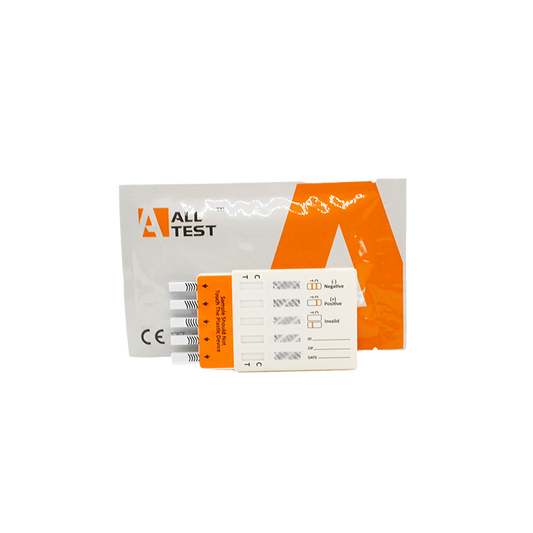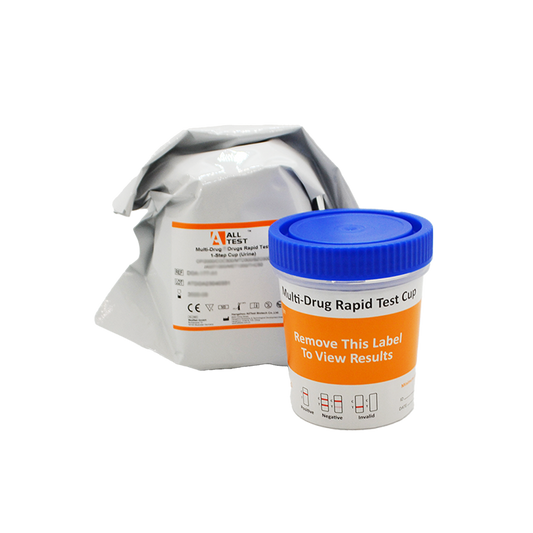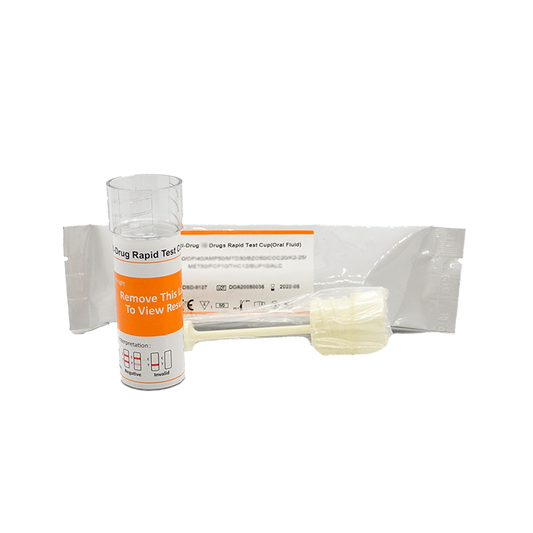In recent years, the United Kingdom has grappled with escalating drug-related challenges, prompting public health officials to explore innovative solutions. One such initiative is the establishment of Drug Consumption Rooms (DCRs), also known as Safer Drug Consumption Facilities. These supervised spaces allow individuals to use illicit drugs under medical supervision, aiming to reduce harm and connect users with support services. As the UK prepares to open its first DCR in Glasgow, it's crucial to examine the potential impact of these facilities from a professional drug testing perspective, and understand the current landscape of drug use across the UK.
Understanding Drug Consumption Rooms
DCRs are legally sanctioned venues where individuals can consume pre-obtained drugs in a hygienic environment under the supervision of trained staff. The primary objectives of these facilities include:
- Reducing Overdose Deaths: Immediate medical intervention is available in case of overdoses.
- Minimizing Infectious Diseases: Providing sterile equipment helps prevent the spread of HIV, hepatitis C, and other blood-borne infections.
- Connecting Users to Treatment: Staff can offer referrals to addiction treatment and social services.
- Enhancing Public Safety: By offering a controlled environment, DCRs aim to reduce public drug use and associated nuisances.
These facilities have been implemented in several countries, including Canada, Australia, and parts of Europe, with studies indicating positive outcomes in reducing drug-related harm.
The Impending Launch in Glasgow
Glasgow is set to become the first UK city to open a DCR, located on Hunter Street. Initially scheduled to open on 21 October 2024, the facility faced delays due to water supply testing but is now expected to commence operations by early 2025. The centre will operate daily from 09:00 to 21:00, accommodating up to eight users simultaneously, and will be staffed by healthcare professionals.
This initiative comes in response to Scotland's alarming drug mortality rates, which are the highest per capita in Europe. In 2023, Scotland recorded 1,172 drug-related deaths, underscoring the urgent need for effective harm reduction strategies for substance abuse.
Current Drug Use Trends in the UK
Understanding the prevalence and patterns of drug use is essential for assessing the potential impact of DCRs. According to the Office for National Statistics (ONS) for the year ending March 2023:
- Overall Drug Use: Approximately 8.8% of individuals aged 16 to 59 (around 2.9 million people) reported using drugs in the past year.
- Class A Drug Use: 3.0% of adults aged 16 to 59 (about 1 million people) reported usage, with prevalence higher among those aged 16 to 24 (5.5%).
- Cannabis Use: 6.8% of adults aged 16 to 59 and 13.8% of those aged 16 to 24 reported use in the past year.
- Cocaine Use: 2.1% of adults aged 16 to 59 and 3.8% of those aged 16 to 24 reported usage.
- Ketamine Use: 0.8% of adults aged 16 to 59 and 2.9% of those aged 16 to 24 reported use, indicating a concentration among younger individuals.
- Ecstasy Use: 1.2% of adults aged 16 to 59 and 2.2% of those aged 16 to 24 reported usage.
- Nitrous Oxide Use: 0.9% of adults aged 16 to 59 and 3.3% of those aged 16 to 24 reported use, with a noted decrease compared to previous years.
These statistics highlight the widespread nature of drug use across the UK, emphasizing the need for drug testing strategies to combat substance abuse.
The Case for Drug Consumption Rooms
Advocates for DCRs argue that these facilities can play a pivotal role in addressing the UK’s drug crisis:
- Reducing Overdose Deaths: Supervised consumption ensures rapid medical intervention.
- Minimizing Spread of Diseases: Access to sterile equipment reduces the risk of HIV and hepatitis C transmission.
- Providing a Path to Rehabilitation: By building trust, staff can guide users toward substance abuse recovery programmes.
- Improving Public Safety: By providing a designated space, DCRs reduce public drug use and associated litter, such as discarded needles.
Critics, however, worry that DCRs may inadvertently condone illegal drug use or attract drug-related activities to surrounding areas. Yet, evidence from international implementations suggests that DCRs contribute to reductions in overdose deaths and improvements in public health without increasing drug use or crime in their vicinities.
How Drug Testing Can Support DCRs
Drug testing laboratories play a crucial role in ensuring the success of DCRs. By offering on-site advanced drug screening technology, such facilities can monitor emerging trends in drug adulteration. For instance:
- Testing for Synthetic Opioids: Identifying substances like fentanyl and nitazenes in real time can save lives.
- Empowering Users with At-Home Drug Test Kits: Some DCRs can distribute testing kits to users, allowing them to verify drug purity before consumption.
- Collaboration Between Drug Testing Companies and Public Health Organisations: This partnership can facilitate data-driven decisions in shaping effective harm reduction policies.
These measures ensure that professional drug testing solutions remain integral to harm reduction strategies.
The path forward requires collaboration between public health authorities, drug testing experts, and community stakeholders to ensure DCRs are not just a space for safer drug use but a gateway to recovery and societal reintegration.




